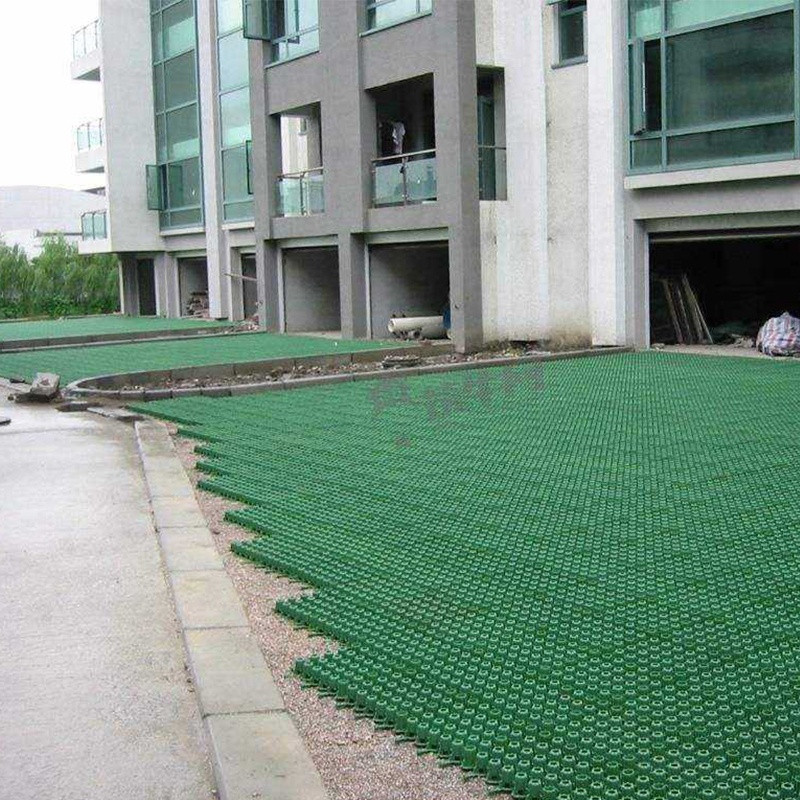Laying a grass grid, also known as a grass paver or turf reinforcement grid, is a method used to create stable, grass-covered surfaces for parking, driveways, pathways, and other areas that need both vegetation and load-bearing capabilities. Here are the steps to lay a grass grid:
Materials and Tools You’ll Need:
- Grass grid system (available in various materials like plastic, concrete, or permeable pavers)
- Grass or turf seed or sod
- Soil or gravel (for the base)
- Geotextile fabric (optional)
- Stakes or anchors (for securing the grids)
- Hand tamper or plate compactor
- Shovel
- Rake
- Wheelbarrow
- String line and stakes (for layout)
Step-by-Step Guide:
1.Site Preparation:
- Clear the area of any existing vegetation, rocks, debris, or obstacles.
- Ensure proper drainage by grading the area away from buildings or other structures.
- If you have poor soil or drainage issues, consider using a geotextile fabric under the grid to help with stabilization and prevent weed growth.
2.Base Preparation:
- Depending on the specific grid system, you may need to prepare a base of either gravel or compacted soil.
- If using gravel, spread it evenly over the area and use a plate compactor or hand tamper to compact it. Aim for a compacted base that is firm and level.
3.Layout and Installation:
- Lay out the grass grid system according to your desired design. You can use string lines and stakes to ensure straight edges.
- Connect the grid pieces together according to the manufacturer’s instructions.
- Secure the grids in place using stakes or anchors, especially around the edges.
4.Grass Seeding or Sodding:
- If you’re using grass seed, spread it evenly over the grid openings according to the recommended seeding rate for your specific grass type.
- If you’re using sod, lay it directly on top of the grids, making sure the pieces fit snugly together.
- Water the grass seed or sod thoroughly.
5.Maintenance:
- Water the newly seeded or sodded area regularly to promote grass growth.
- Be patient and allow the grass to establish itself. This may take several weeks or even months.
- Mow the grass as needed once it reaches an appropriate height, typically 3-4 inches. Use a lawn mower with adjustable settings to avoid damaging the grid.
6.Regular Maintenance:
- Continue to water, fertilize, and maintain your grass as you would with any lawn.
- Keep an eye on the grid system for any signs of damage or displacement and make repairs as necessary.

Grass grids are an excellent solution for creating stable, permeable surfaces while maintaining a natural look with grass cover.
